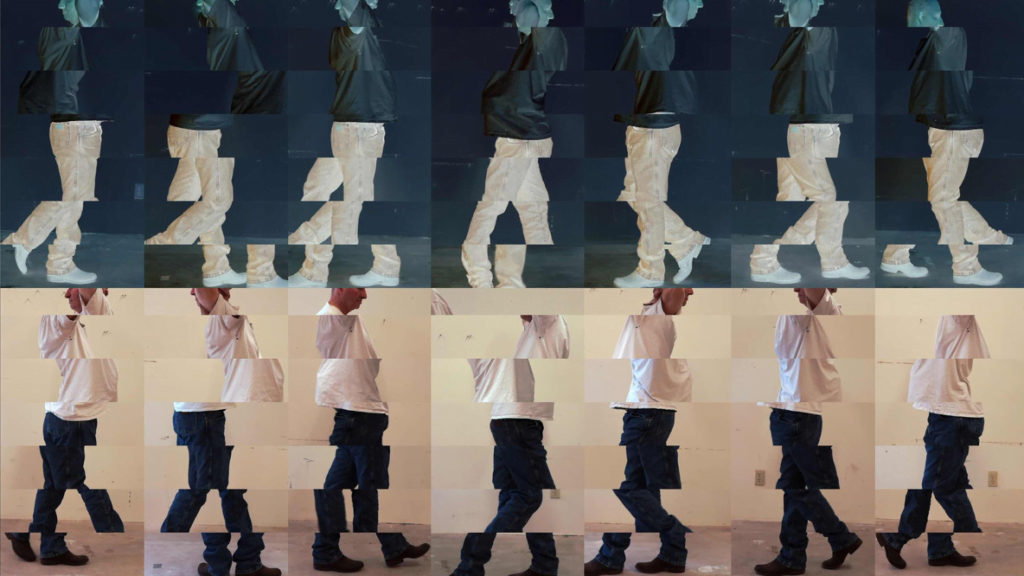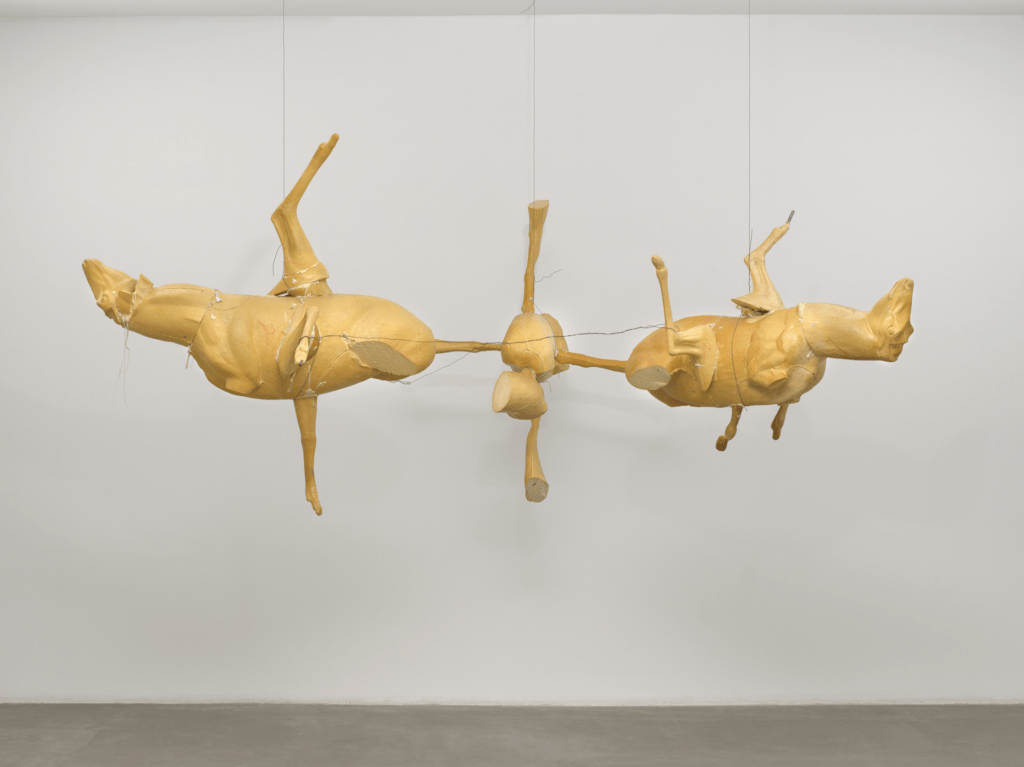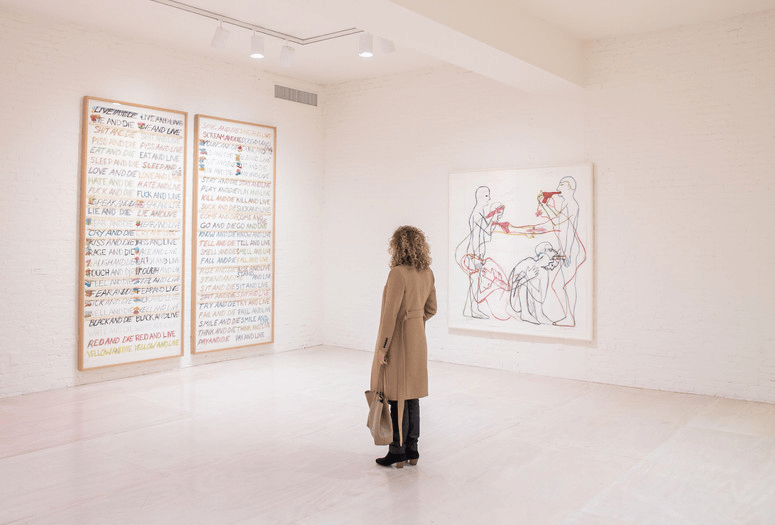As you explore the fascinating life and career of renowned American artist Bruce Nauman, you will gain insight into one of the most influential contemporary sculptors and installation artists. For over 50 years, Nauman has pushed the boundaries of art through his thought-provoking and often unsettling works.
From his emergence in the 1960s as a pioneer of postminimalism and conceptual art through his most recent neon installations and video art, Nauman has challenged viewers and provoked important questions about the human experience. Prepare to delve into the provocative mind of this visionary artist.
Challenging our preconceptions about art and life itself, Nauman’s vision continues to unsettle, inspire and endure. His place in art history as a pioneering conceptual artist and contemporary master is secure. At 78, Nauman remains as prolific as ever, proving that true artistic genius never ages. His vision is as vital and visceral today as when he first emerged in the 1960s, ensuring his stature as one of the most influential artists of our time.
Bruce Nauman BIOGRAPHY

Early Life and Education: Growing Up in Indiana
Bruce Nauman was born in Fort Wayne city of Indiana, US in 1941. His father worked as an engineer and his mother was a housewife. Nauman grew up in a middle-class family environment in the Midwest of America.
From an early age, Nauman demonstrated an interest in activities like painting, music, and carpentry. He received a BA in Mathematics and Philosophy from the University of Wisconsin–Madison in 1964 and an MFA in Sculpture from the University of California, Davis in 1966. His formal education provided Nauman with a solid conceptual foundation that he would build upon for his provocative works.
While studying at the University of California, Nauman was exposed to a wide range of art forms, from performance art to film and video. He learned unconventional techniques that allowed him to experiment with sound, film, neon, and sculpture. His studies under William T. Wiley, Robert Arneson, and William Allen were instrumental in shaping Nauman’s interdisciplinary approach and interest in non-traditional media.
After graduating, Nauman briefly taught at the San Francisco Art Institute before abandoning academia in favor of his studio practice. At this point, he began developing a diverse body of work that explored philosophical and social themes through unorthodox materials and forms.
His early pieces incorporated neon lights, video art, performance, and sculpture. This experimentation with media was a defining feature of Nauman’s groundbreaking vision that continues to challenge viewers and push the boundaries of contemporary art.
What is Bruce Nauman known for?

Bruce Nauman, is one of the most influential American contemporary sculptors and installation artists known as pioneer of post minimalism and conceptual art through his neon installations, photography, performance and video art,
Career highlights

Emergence in the 1960s New York Art Scene
Nauman moved to New York City in 1964 after completing his master’s degree in art at the University of California, Davis. He initially struggled to find his voice in the city’s artistic ferment. However, after experimenting with various mediums, he began using his own body and physical space as the primary material and subject of his art. These innovative “studio works” included filmed performances, installations, and sculptures exploring the human body and mind.
The Castelli Gallery featured Nauman’s work in a seminal 1966 group show that introduced his singular vision to the art world. His first solo show followed at the gallery in 1968, cementing his status as an influential new voice. Throughout the 1970s, Nauman continued creating thought-provoking works in various mediums that explored philosophical and social themes around human existence, communication, and relationships.
Nauman’s revolutionary and unflinching artworks offer insight into the human psyche and the anxieties of modern life. His perceptive and often discomfiting observations on the human condition have established him as a pivotal figure in contemporary art. By forging new possibilities for sculpture, performance, film, and installation, Nauman’s influential practice continues to inspire artists today in their exploration of the mind and body in space.
Is Bruce Nauman a Conceptual Artist?
Emerging in the 1960s New York art scene, Bruce Nauman’s provocative and unconventional works pioneered many forms of conceptual art. His arrival coincided with a period of tremendous creative foment centered around avant-garde art in lower Manhattan.
Challenging Expectations of Art
In the late 1960s, Nauman created short performance pieces in his studio that explored the relationship between the artist, artwork, and audience. Works like Stamping in the Studio (1968) featured Nauman stamping his feet, hands, and body on the floor, a simple action that questions what constitutes a work of art.
Similarly, in Walking in an Exaggerated Manner Around the Perimeter of a Square (1967-68), Nauman captured himself on video performing the described action in his studio. These conceptual works aimed to challenge the idea that art must be a physical, permanent object.
Bruce Nauman List of Work

Pushing Boundaries With Performance and Video Art
Early in his career, Nauman explored Performance and Video art, using his own body and mundane actions to challenge viewers’ expectations.
1960s | Explored the physicality and psychology of space through corridors, tunnels, and enclosed rooms. | These disorienting, maze-like installations aimed to elicit visceral reactions from viewers. |
1967 | “The True Artist Helps the World by Revealing Mystic Truths” | Neon signs make ironic statements that question the role of the artist. These language-based works have come to exemplify Nauman’s dry and often absurdist wit. |
1970s | Nauman began working with video and performance. | His video installations subverted the medium itself, using repetitive actions, manipulations of the body, and explorations of language to challenge viewers. |
1973 | “Bouncing Balls” | The video features a monotonous repetition of colored balls bouncing and echoing through a bare room. Such works demonstrate Nauman’s ability to create meaning through minimalism and mundane acts. |
1970 | “Green Light Corridor” | These works demonstrate Nauman’s interest in perception and the relationship between the body and architectural environments. |
1988 | “Carousel” | |
2006 | “Fifteen Pairs of Hands” | He was commissioned by the University of California, Davis, to create a large-scale neon installation. The resulting work featured brightly colored neon hands in various positions. |
2009 | “Days and Giorni” | Nauman unveiled a two-part permanent installation in the crypt of the Cathedral of St. John the Baptist in Genoa, Italy. |
Growing Prominence and Prestige
In the 1990s and 2000s, Nauman’s work was featured in high-profile exhibitions at the Venice Biennale, the Carnegie International, and the Biennale of Sydney.
Retrospectives of his work were held at the Hirshhorn Museum and Sculpture Garden in Washington, D.C., the Museum of Contemporary Art in Los Angeles, and the Walker Art Center.
What Type of Art Does Bruce Nauman Do?
Through his nomination for the Turner Prize and major exhibitions and commissions around the globe, Nauman cemented his status as one of the most influential contemporary and modern artists of his generation. His daring and thought-provoking body of work garnered international critical and commercial success, securing his place in the art historical canon.
International Recognition and Turner Prize Nomination
By the late 1980s, Nauman’s works had gained widespread critical acclaim and international recognition. His provocative and unconventional pieces were exhibited in major museums around the world, including the Tate Gallery in London, the Walker Art Center in Minneapolis, and the Museum of Contemporary Art in Chicago.
In 1989, Nauman was nominated for the Turner Prize, a prestigious award given annually to a British visual artist. Although the Turner Prize eventually went to sculptor Rachel Whiteread, Nauman’s nomination solidified his status as a pioneer of contemporary art.
His thought-provoking installations and multimedia works explored themes of language, physicality, and human behavior in groundbreaking ways.
